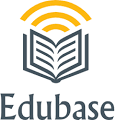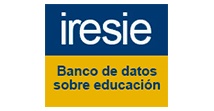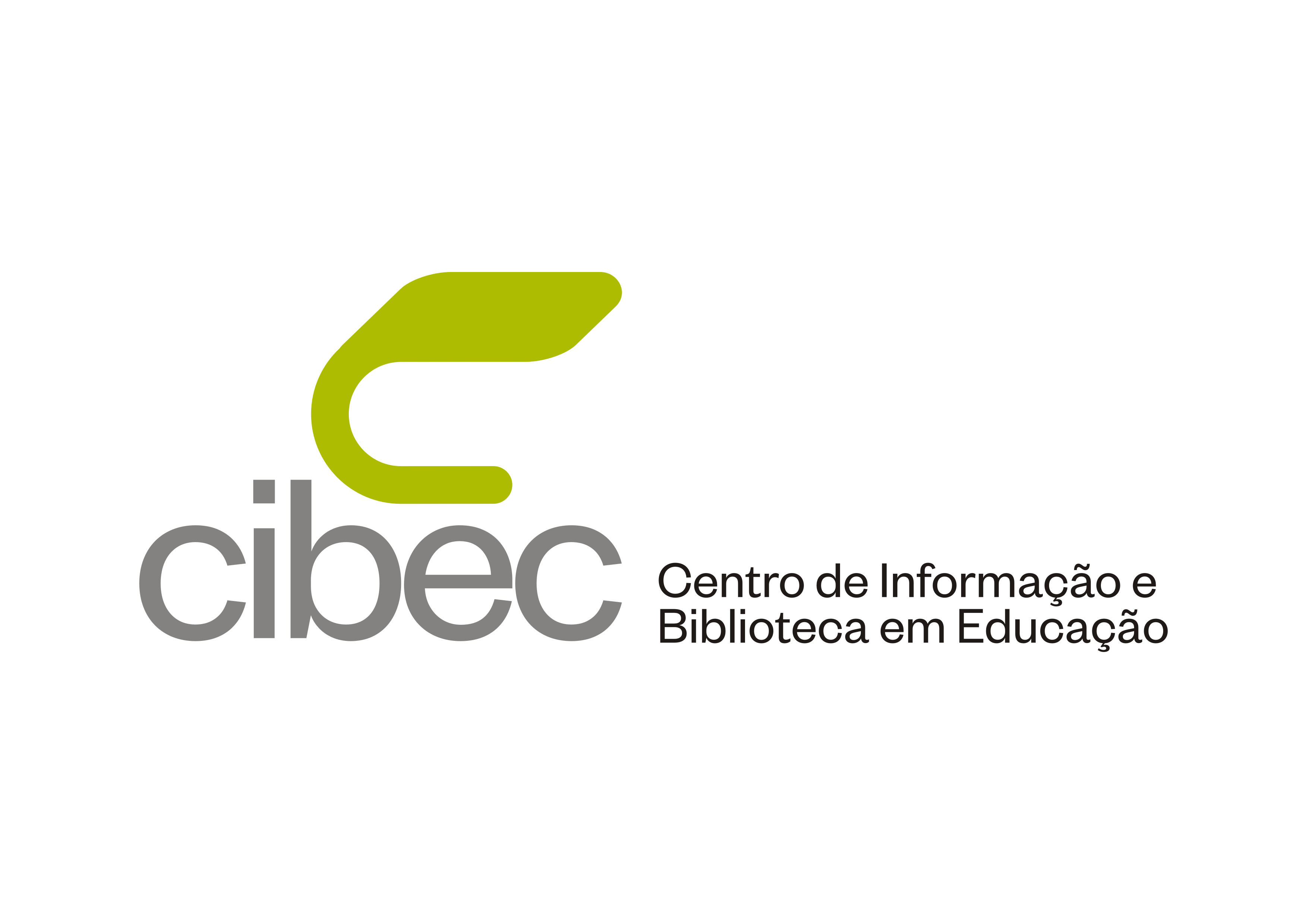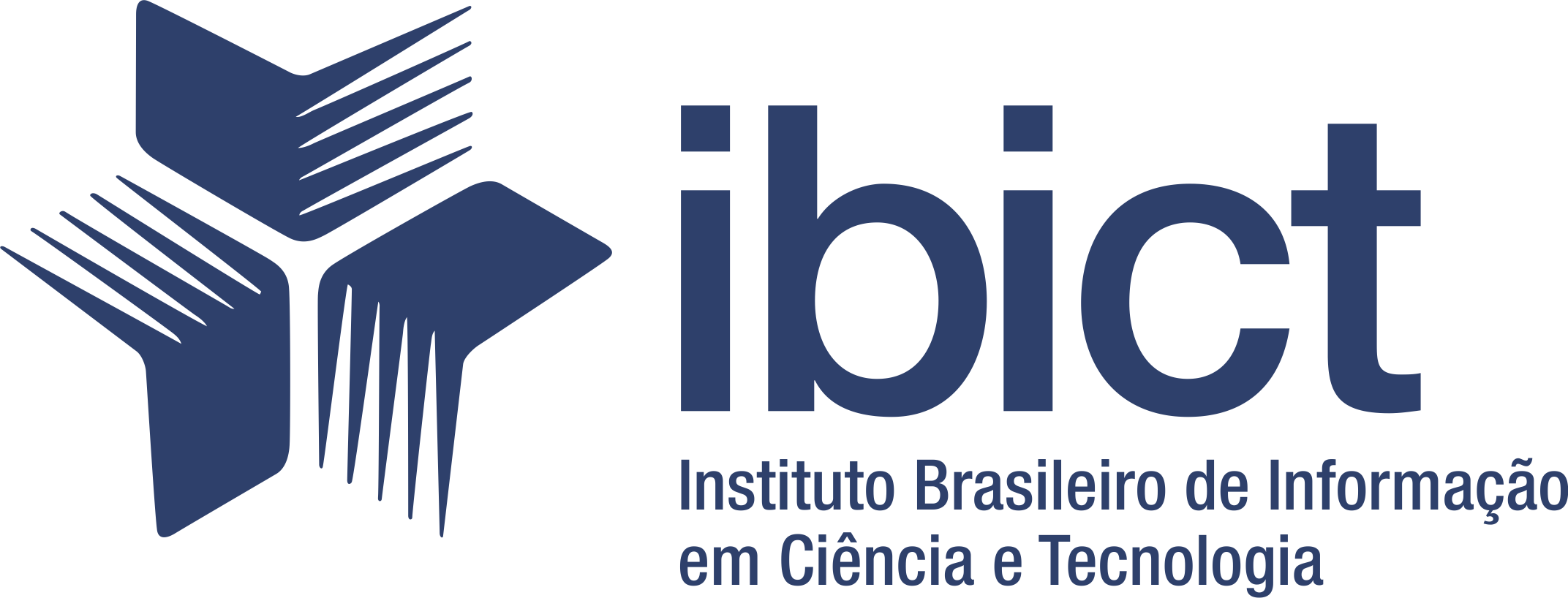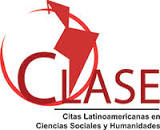TO DISCIPLINE AND EMBARASS: THE CHILD-BODY AND HIS/HER (NON)SPACE IN EDUCATIONAL INSTITUTIONS
DOI:
https://doi.org/10.5216/ia.v45i3.64193Abstract
The article aims to reflect on the child's body and corporeality and how they are lived and constituted in educational institutions. The text is of a bibliographic nature and the critical reflections undertaken help us to recognize that the established practices, spaces and relationships act to discipline and constrain children's bodies in order to produce the student body. Based on the theoretical basis, it was possible to recognize how historically education aimed at child subjects transforms the child-body into a student-body, a process established since early childhood education based on practices and rituals instituted and anchored in a set of surveillance strategies, sanctions and punishments. From the considerations about the children's subjects' ways of being in educational institutions, we recognize that the body and the corporeality, from an early age, become the object of attacks that end up canceling the children's characteristics and acting in the constitution of students adjusted to the school system.
Downloads
Downloads
Published
How to Cite
Issue
Section
License
Inter-Ação uses the Creative Commons Attribution 4.0 License for Open Access Journals (Open Archives Initiative - OAI) as the basis for the transfer of rights. Open access means making documents available on the Internet free of charge, so that users can read, download, copy, distribute, print, search, or link to the full text of documents, process them for indexing, use them as input data for software programs, or use them for any other lawful purpose, without financial, legal, or technical barriers.
Authors publishing in this journal agree to the following conditions:
1) Authors retain copyright and grant the journal the right of first publication, with the work simultaneously licensed under the Creative Commons Attribution License, which permits redistribution of the work with attribution and first publication in this journal.
2) Authors are permitted to enter into additional, separate agreements for non-exclusive distribution of the version of the work published in this journal (e.g., for publication in an institutional repository or as a book chapter), with attribution and first publication in this journal.
3) Authors are permitted and encouraged to publish and distribute their work online (e.g. in institutional repositories or on their home page) at any time before or during the editorial process, as this may generate productive changes as well as increase the impact and citation of the published work.






